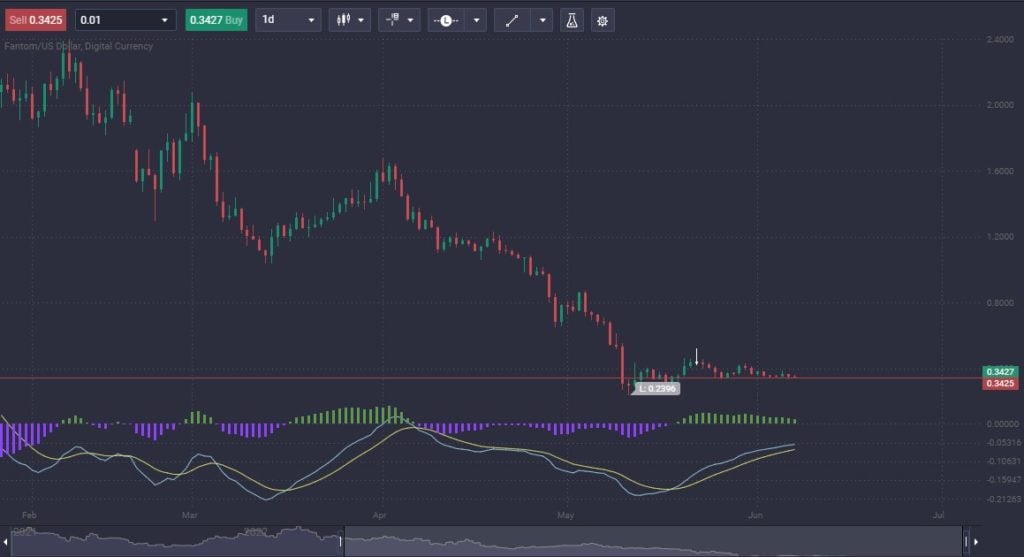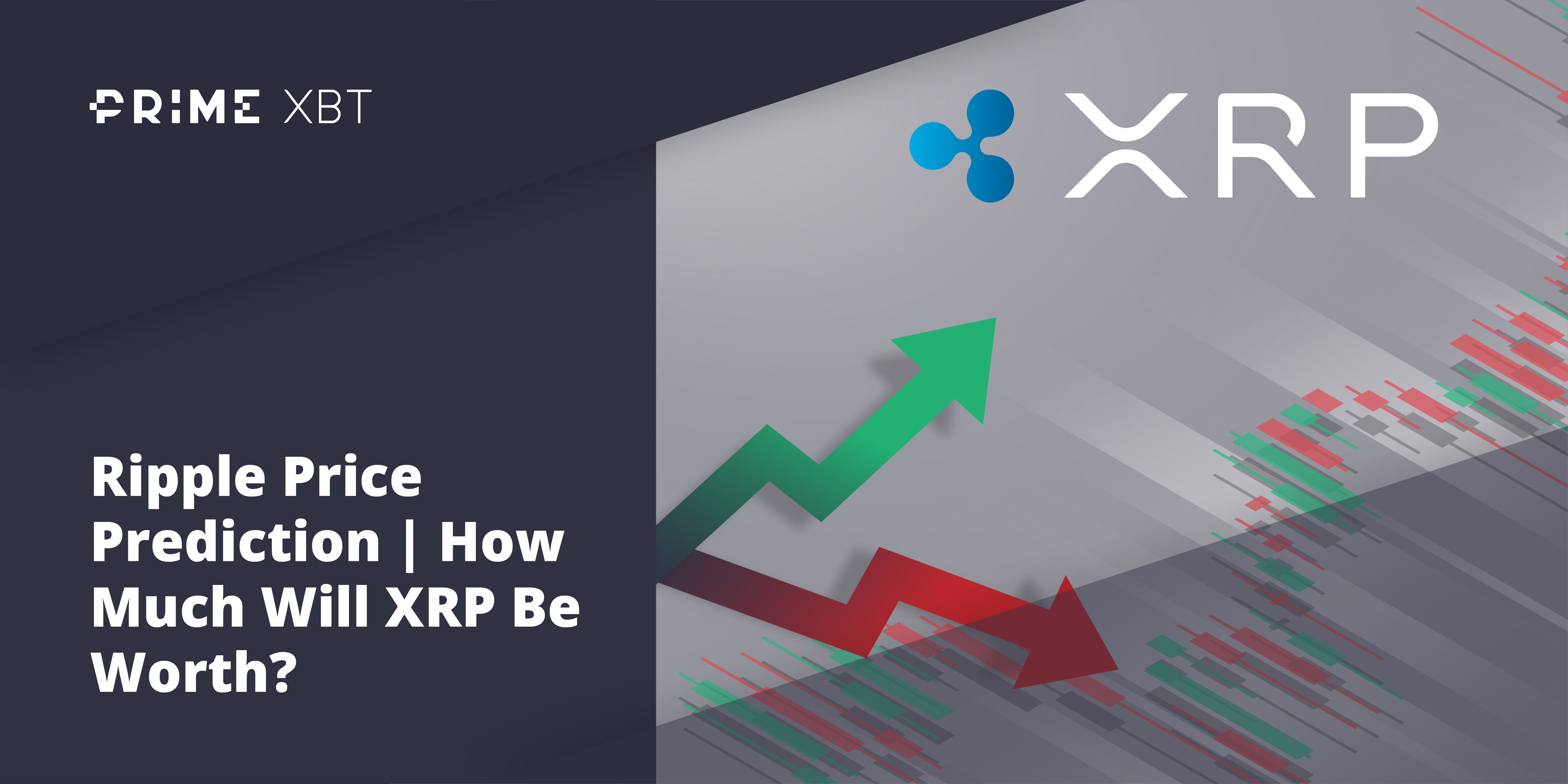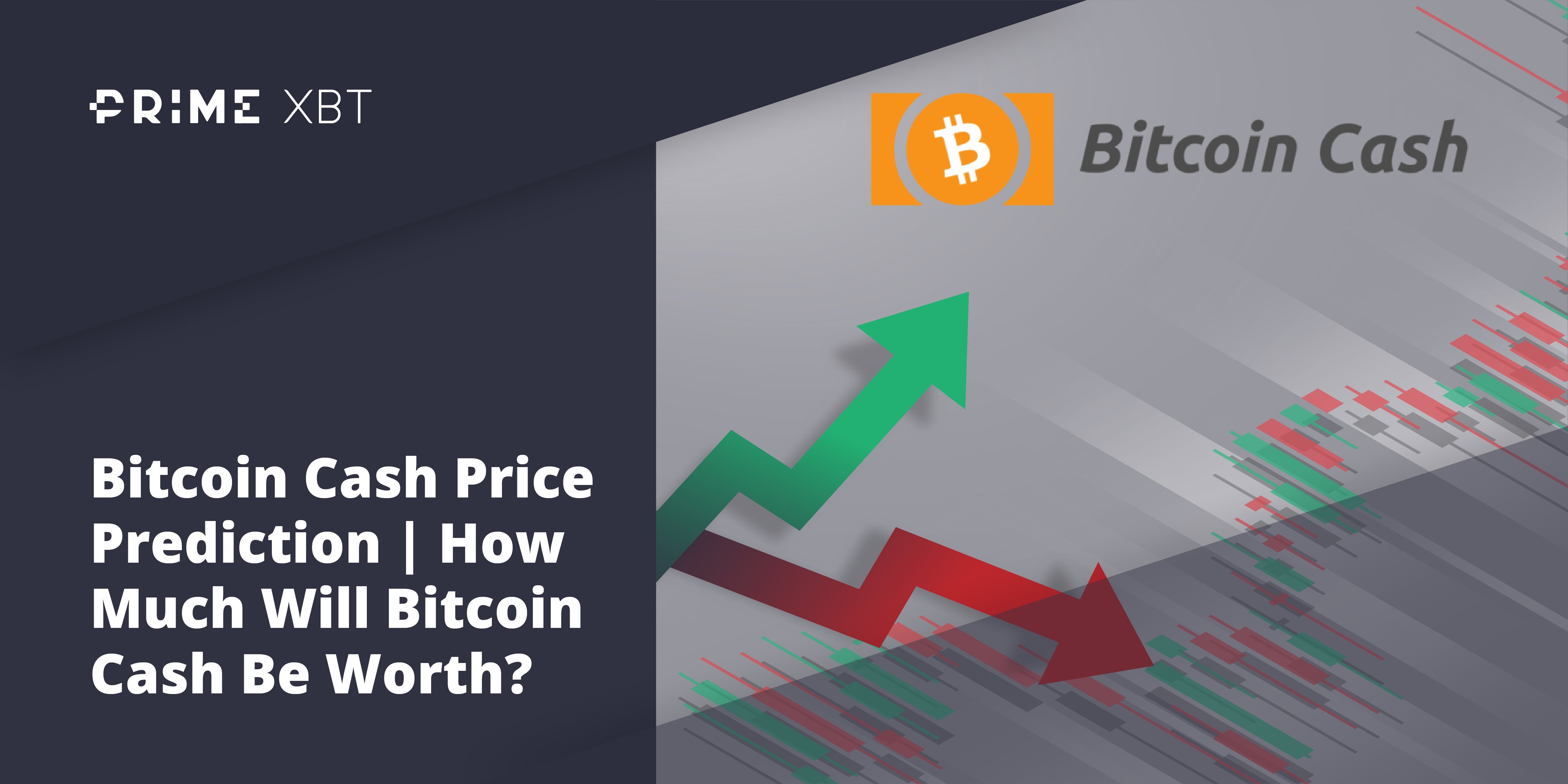Fantom is a cryptocurrency and blockchain with no centralized authority that directs the network, giving complete rights to the users of the ecosystem. The token’s on-chain governance is an essential utility, allowing the users to vote on platform changes. One of the best descriptions of Fantom is that it is a “network of networks.”
What is Fantom (FTM)? – Definition & Meaning
Fantom is a decentralized and permissionless, open-source smart contract platform used to run decentralized applications and digital assets. It is a network built to provide an alternative to Ethereum and went live in late 2019.
The network architecture is designed to provide scalability, security, and decentralization solutions. This is the main goal of many blockchain ecosystems, and therefore special attention is paid to this “trilemma.”
Fantom intends to provide more scalability and lower costs than the original Ethereum network. However, you should note that Ethereum is moving to a proof-of-stake network, and therefore some of those advantages will disappear. However, one of the unique elements of the Fantom platform is that users can create independent networks instead of relying on the Fantom main consensus layer.
Each application designed in this ecosystem runs on its own blockchain while enjoying the security, speed, and finality of the parent blockchain. Independent blockchains are also modular in structure, allowing developers to configure them for each use case scenario.
The infrastructure is tied together using an Asynchronous Byzantine Fault Tolerance Proof-of-Stake consensus mechanism, meaning efficiency and speed for the entire network.
How Does Fantom Work?
Fantom acts much like most other crypto networks, priding itself on being decentralized, permissionless, and open source. They are designed to facilitate the working of smart contracts, meaning that Fantom tokens exist on a programmable blockchain that supports a wide range of assets.
As with many other crypto platforms, the designers of Fantom are looking to solve the crypto “trilemma” of security, scalability, and decentralization. The network is yet another in the sea of networks trying to solve this problem. Therefore it is enduring a problem that everybody is trying to solve.
How Does Fantom Operate?
Fantom has a mainnet called “Opera,” which is compatible with the Ethereum Virtual Machine, allowing dApps can be imported from Ethereum to Fantom and vice versa. However, Fantom offers each node a directed acyclic graph (DAG) algorithm. This allows the network to confirm transactions independently. Once a batch is approved, it is compiled into finalized blocks to be confirmed on the broader Fantom blockchain.
Fantom has a consensus mechanism called Lachesis, a proof-of-stake protocol using an Asynchronous Byzantine Fault Tolerant system. This system allows the network to be leaderless, and data can be processed asynchronously, allowing transactions to be swift. Most transactions can be finalized in a few seconds, unlike bigger platforms like Bitcoin and Ethereum.
The architecture of Fantom includes three layers. The Core Layer for consensus across nodes in the Lachesis protocol, the Middleware Layer to execute functions in the network, and the Application Layer, which hosts APIs.
Fantom is Flexible, and Adaptable
Fantom is compatible with Ethereum. Because of this, developers can update existing Ethereum dApps using Fantom architecture for cheaper, faster, and overall better performance. Because all dApps use the same infrastructure, bottlenecks will often slow processing. However, Fantom does not have issues with congestion because each application has its own blockchain. Fantom should be thought of as a “network of networks.”
The Fantom Foundation states that the network is so scalable that it has the potential to become the “Internet of Things infrastructure backbone” for public utilities, smart cities, and much more. However, recently Fantom has switched from this focus to concentrate more on DeFi.
Fantom (FTM) vs. Polygon (MATIC)
Both Fantom and Polygon offer scalability to existing blockchains. There are several differences between the two that you should keep in mind when looking to invest. For example, the consensus mechanism for Fantom is proof-of-stake, while Polygon uses delegated proof-of-stake.
Fantom focuses on faster transactions and lowering fees for users, while Polygon focuses on faster staking. Fantom can be stored using any Ledger wallet, fWallet, Coinbase, and Binance. Polygon staking is available on Just Mining only.
| Fantom (FTM) | Polygon (MATIC) | |
| Consensus mechanism | Proof-of-stake | Delegated PoS |
| Focuses on | Faster transactions/lower fees | Faster staking |
| Staking | Ledger, Coinbase, Binance, etc. | Staking is on Just Mining only |
| Technology | Directed Acyclic Graph-based smart contract platform | PoS algorithm and Commit Chain Connectivity |
| Programmed in | Solidity and Vyper | Polygon SKD, written in Golang |
| From | S. Korea | India |
What is FTM used for?
Fantom’s primary token is FTM, which the network uses for payments, governance, staking, and fees to safeguard the ecosystem. The token is widely available but is very volatile, as most crypto tends to be.
Payments on Fantom
The Fantom network has a built-in “finality,” making payments irreversible. Most payments take roughly 1 second, with meager costs, roughly $0.0000001. Because of this, exchanging money via the FTM token is extraordinarily efficient. This may be one of the biggest advantages of using Fantom going forward.
Governance on Fantom
On-chain governance uses the FTM token to allow stakeholders to propose and vote on modifications and improvements throughout the network. Because the Fantom network is fully permissionless and decentralized, on-chain governance is responsible for all decisions. However, the massive FTM needed to run a node on the network means that “decentralized” is somewhat of a relative term.
Staking Fantom
FTM can be staked to secure the network and receive FTM tokens as a reward without special hardware or software. You can do it from your phone or your computer, making it simpler than many other staking opportunities in the cryptocurrency world.
FTM pays network fees on Fantom Network fees to deploy smart contracts, create new side networks, or even transaction fees. The fee ensures that the network is not an easy target for spam or malicious behavior due to clogging.
Although the fees on Fantom are meager, they are sufficient enough to keep attackers away by making entry into the ecosystem costly for someone looking to flood the network.
Network Security on Fantom
Using a proof-of-stake system, Fantom uses the FTM token to secure the network. Stakers need to lock their tokens, and validators must hold a minimum of 3.175 million FTM to participate. Fees and epoch rewards are given to both groups of end-users to pay for their services.
How Can I Buy Fantom (FTM)?
Fantom can be purchased at most major cryptocurrency exchanges. Because of this, it is easy to acquire FTM, as it has become so popular in the last couple of years. You should also look for liquidity, so you can jump in and out of the position rather quickly.
Staking on the Fantom Network
Fantom uses a proof-of-stake consensus algorithm to validate the processes of this scalable blockchain platform. To validate transactions on the Fantom network, you will have to stake FTM tokens, and then return, you get a reward of more FTM tokens. You can unlock your tokens whenever you wish.
You need to have at least one FTM locked up to stake on the network. You can lock up your FTM holdings for a maximum of 365 days, earning the maximum reward rate. However, you should note that your funds may not be available right away and can take up to seven days after unstaking, which is called “bonding time.” The network rewards a delegation fee of 15%.
What Are the Advantages of Fantom?

Fantom has significant advantages over many other networks and has attracted a lot of attention from investors and developers alike. Some of the major advantages include:
- Speed – Speed is one of the major advantages of the Fantom network, as it can do thousands of transactions per second, allowing one to two-second finality.
- Fees – Fees are minimal on the Fantom network, giving it a major advantage against most other networks, specifically Ethereum.
- Rewards – Rewards are given to users and builders, which could allow for a most sustainable method of building liquidity in the network.
- Widespread adoption on exchanges – Fantom is easy to bind as it is found on huge numbers of exchanges around the world
What are the Disadvantages of Fantom?
Even though Fantom is a great network, nothing is perfect, including this network. A couple of things to consider include
- Cost of running a node – The cost of running a node is prohibitive, as you need to have at least 3.125 million FTM staked.
- Competition – Competition is a major concern for Fantom, but this is nothing unique to this network. Other competitors, such as Cardano, Solana, and Ethereum 2.0, should be watched.
- IoT has limited uses – The “Internet of Things” use case is somewhat limited at the moment, and it appears that Fantom is trying to go down the same road as everybody else in the DeFi game. Unfortunately, this move circles back to the problem with competition.
Is Fantom a Good Investment?

Fantom does offer a certain amount of appeal and certainly could make out part of a well-balanced portfolio. However, you have to pay close attention to Ethereum 2.0 because it is The biggest threat to Fantom. However, you also have to pay close attention to Cardano and Solana because they are trying to tackle the same issues.
If Ethereum 2.0 becomes more scalable as people believe it will, it will put Fantom at a significant disadvantage because speed will pick up with Ethereum, which already has a much more recognizable name. However, the fact that you can have your own blockchain may be appealing to specific uses and companies.
More likely than not, Fantom can coexist with Ethereum, but it may be more or less a case-by-case situation, as is typically the case with many crypto networks. Because of this, you need to look at this through the prism of a potential longer-term investment, but shorter-term, it will continue to suffer at the hands of a lack of “brand recognition.”
You should never go “all in” in any crypto, and Fantom should be approached the same way. By allocating a portion of your portfolio to it, you can enjoy any gains that the coin has, but at the end of the day, you also have to worry about the volatility of your portfolio. The crypto markets are still young, so use case scenarios, and investments continue to be all over the place.
Because of the necessity of diversification in a crypto portfolio, it makes the CFD markets very attractive. Top Coin Miners offers Fantom and many other coins in this convenient form of trading.
Conclusion
Fantom is an exciting and relatively young blockchain network that looks to take on Ethereum, Cardano, and several others for DeFi applications. Initially, Fantom was thought to become the blockchain for the “Internet of Things,” but it has shifted over to DeFi, as everybody in crypto seems to be chasing the same prize.
Unfortunately, the crypto market is extraordinarily flooded with these DeFi blockchains, so one of the biggest problems you may have to pay attention to is the fact that there is a certain amount of “brand recognition” that each blockchain must carry. You should note that Fantom is relatively new, and therefore it’s likely that it will continue to live in the shadow of Ethereum and some of the others.
There is a lot of potential in this blockchain, so it does make sense to have some of it in a well-diversified crypto portfolio. That does not mean that it is automatically going to take off in value, just that it has a lot of uses and, therefore, could end up being a longer-term investment. This is especially true considering that dApps can move back and forth between Fantom and Ethereum.
By the time everything is said and done, there will likely be specific use cases for Fantom, especially as each dApp can have its own blockchain, significantly increasing the security and speed of each process. With that being said, specific industries will more likely than not be attracted to it sooner or later.
What those industries will be, remains to be seen. Furthermore, whether they can find Fantom through the fog will also be a question to be answered in the future.
What makes Fantom different?
Fantom features transactions that are always final. Absolute finality means that none of the transactions on the blockchain can ever be reversed. Fantom also has a consensus mechanism that can be scaled to hundreds of nodes to increase security and decentralization.
Is Fantom Ethereum?
No, and in fact, its goal is to upend Ethereum as it is a smart contract network as well. However, it is worth noting that dApps that run on Ethereum can be ported over to Fantom relatively easily.
Is Fantom better than Cardano?
This comes down to perspective, but it can be said that the Fantom network is looking at more use cases. Also, Cardano is still implementing the concept of smart contracts. Because of this, it should be thought of as being “ahead of Cardano” currently.
Is Fantom a blockchain?
Yes, Fantom is a blockchain powered by its own native token, FTM. Furthermore, it creates a separate blockchain for each dApp that runs in the ecosystem.
Who owns Fantom crypto?
The Fantom Foundation takes care of the development of Fantom and its blockchain. The founder is Dr. Ahn Byung Ik of South Korea. Michael Kong acts as the CEO of the foundation.
What is the future of Fantom crypto?
Unique addresses in the Fantom ecosystem continue to climb, even though transactions have slowed over the last two years. This suggests that there may be significant growth in Fantom going into the future. As of March 2022, more than 2.7 million unique addresses are using Fantom. This suggests a least considerable interest in the project, but whether or not it gains traction will be a completely different question.


